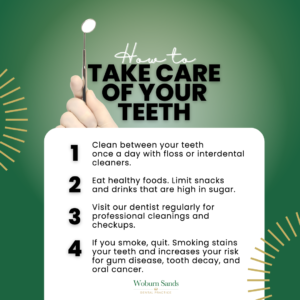Dental Fillings Milton Keynes
 Considering dental fillings? Dental fillings restore damaged teeth and prevent further decay. We offer fillings for chipped or decayed teeth at Woburn Sands Dental Practice in Milton Keynes. Contact us today for a quick appointment!
Considering dental fillings? Dental fillings restore damaged teeth and prevent further decay. We offer fillings for chipped or decayed teeth at Woburn Sands Dental Practice in Milton Keynes. Contact us today for a quick appointment!
BOOK AN APPOINTMENT HERE
There are several types of dental fillings, each with its pros and cons:
- Amalgam Fillings:
Made of silver, mercury, copper, and tin, these durable, long-lasting fillings are cost-effective but may raise concerns about mercury.
- Composite Resin Fillings:
Tooth-colored and aesthetically pleasing, composite fillings blend well with natural teeth. They’re ideal for smaller cavities but cost more and may not last as long.
- Ceramic Fillings:
Made of porcelain, ceramic fillings are tooth-colored, durable, and stain-resistant. They’re a great option for those allergic to metal but come at a higher cost.
- Gold Fillings:
Known for durability, gold fillings can last over 20 years. They’re the most expensive option but provide a long-lasting solution for those seeking a durable filling.
Dental Fillings Procedure

- Numbing: The tooth and surrounding area are numbed with local anesthesia.
- Removal: Decayed or damaged parts of the tooth are removed using a dental drill or laser.
- Cleaning: The cavity is cleaned to remove bacteria and debris.
- Filling: The cavity is filled with the chosen material.
- Shaping & Polishing: The filling is shaped and polished to match the tooth’s natural look.
The procedure usually takes 30 to 60 minutes, depending on the cavity’s size and location.
After the Procedure:
Post-filling, mild sensitivity to hot or cold is normal for a few days. Avoid certain foods or drinks that might cause discomfort. Continue good oral hygiene practices and attend regular dental checkups.
Remember, fillings are not permanent and may need to be replaced over time, depending on wear, cavity size, and your oral care. Your dentist will monitor their condition during checkups.

Caring for Your Dental Fillings:
To prolong the life of your dental fillings and maintain good oral health, follow these tips:
- Brush and Floss Regularly: Brush and floss at least twice a day to prevent decay and gum disease, which can affect your fillings.
- Avoid Hard or Sticky Foods: Chewing on hard or sticky foods can damage or dislodge your fillings. Steer clear of ice and hard candies.
- Limit Sugary or Acidic Foods & Drinks: Reducing sugary or acidic foods and drinks can help lower the risk of cavities, which could damage your fillings.
Contact Woburn Sands Dental Practice today to get started on this treatment. New patients can register here.
< Back to Treatments